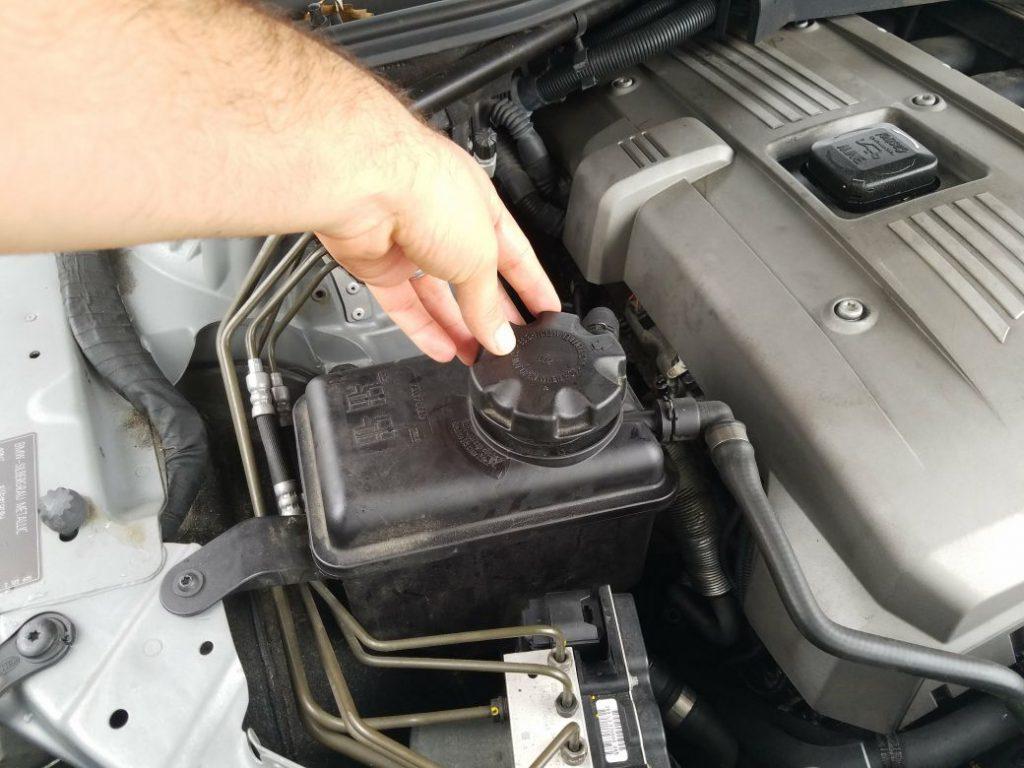
COOLANT SIGN MANUAL
The exact instructions to bleed your coolant system will vary by vehicle, so check out the maintenance manual for your specific vehicle to figure out the steps you need to follow. Air pockets will cause your entire system to jam up, and you won’t get any coolant flow. Air Pockets in Your CoolantĪfter a coolant flush, you need to make sure that you get all of the air pockets out of the cooling system. That’s because if your coolant is mixing with other things, like your oil, nothing is going to cool down as it should.Īny kind of coolant leak can lead to your engine overheating in short order. While I highlighted low coolant earlier, an internal coolant leak can have your engine overheating even after you stop the oil off. While this is less common, you should make sure that air can easily flow over your radiator while driving. Your vehicle’s coolant flows through the radiator’s fins to cool down, and if those fins are clogged or blocked, you won’t get enough coolant flow through your engine to effectively cool it down.Īnother problem is if debris blocks the front of your radiator. RELATED: 7 Causes Why Your Radiator Fan Is Not Coming On 5. The fan pushes air over the radiator to keep it cool, which is especially important while your vehicle is idling. If your vehicle only overheats while idling, you should double-check that the fan is working correctly.

Keep in mind that while your vehicle’s water pump can break, it’s one of the rarer problems, depending on the car model. Without it, your coolant is sitting stagnant and can’t do its job. Your vehicle’s water pump pushes the coolant throughout the engine. Check your repair manual to find its location. The thermostat is usually located in a plastic house somewhere on your engine block or head. If it’s stuck open or closed, your engine will overheat, which is a significant problem. Your vehicle’s thermostat opens and closes as needed to keep your engine at the right temperature. So, it’s no surprise that if your vehicle is low or out of coolant, your engine will overheat! Just keep in mind that your vehicle has a sealed cooling system, so if you’re constantly adding coolant, you need to figure out where it’s going. The primary purpose of coolant is to cool down your engine.
COOLANT SIGN HOW TO
I’ll take a dive into the nine most common below before walking you through how to troubleshoot your vehicle. It can also be caused by a broken water pump or a blown head gasket.ĭown below, you will find a more detailed list of the possible causes. If the overheating only happens during idle, it may be caused by a bad radiator fan.

The most common causes of an overheating car engine are low coolant level or a broken thermostat. Pressurize the system Causes of an Overheating Car Engine Its role is to cool the coolant in the radiator.2. The radiator fan is one of the critical components of the vehicle's cooling system. Other causes of engine overheating include a problem with turning on the radiator fan. This leads to a sharp increase in its temperature, and if the thermostat does not open in time, it will cause the coolant to boil and the engine to overheat. The most common cause of overheating of the cooling liquid is a faulty thermostat, which is either stuck or completely closed, due to which the cooling liquid flows only through a small cooling circuit and thus does not reach the radiator. However, it should be noted that they are not as serious as a problem with a coolant leak, and their solution is also not so financially expensive. There can be several reasons for overheating the engine.


In this case, the light signals overheating of the engine caused by the changing coolant, which, however, means an increase in the temperature of the coolant and the engine. However, the red engine coolant symbol can also light up if enough fluid is in the cooling system.


 0 kommentar(er)
0 kommentar(er)
